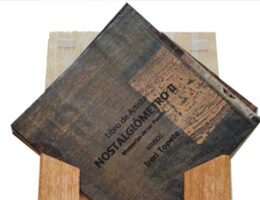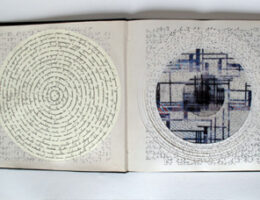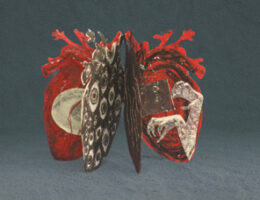Artículos Relacionados
-

Nolstalgiómetros. Libros de artista, ensayo visual sobre los cambios en el entorno
Elba Ireri Topete CamachoGuadalupe María Gómez Basulto
-

La quirografía en el Libro-Arte latinoamericano: explorando la escritura como expresión artística
Rafael Morales Cendejas
-

«Libro en Blanco». Espacios liminales de la gráfica contemporánea: Una propuesta de metodología creativa de aplicación de la investigación a la docencia a través del libro de artista
Ana Soler BaenaAntía Iglesias Fernández
-

El Taller: lenguaje y práctica experimental
Carlos TorralbaRoxana Cámara




